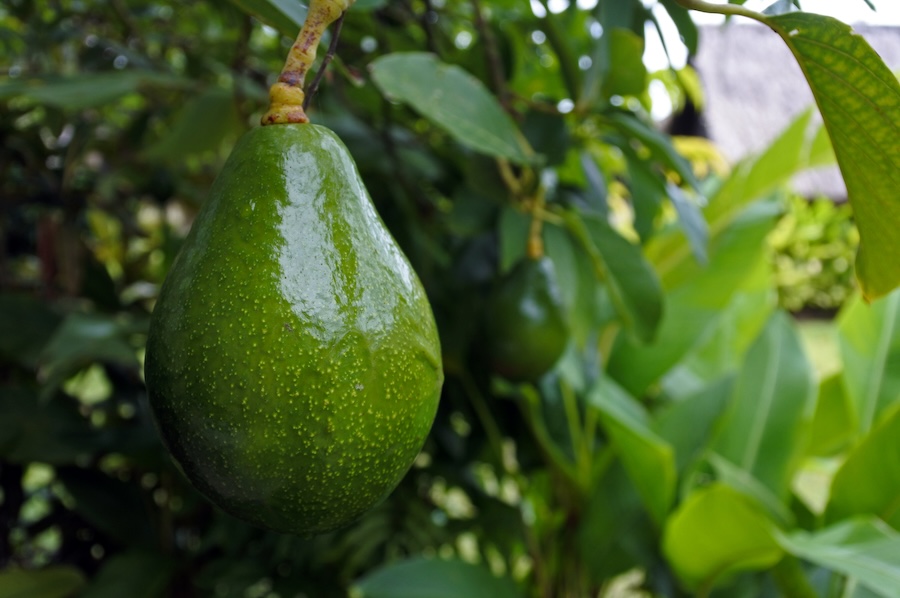Global avocado consumption and import demand are expected to expand further in coming years, creating new opportunities for avocado exporters around the world – including those here in New Zealand – according to a new report by Rabobank.
In its Global Avocado Update 2024, Rabobank says the US continues to be the world’s largest importer of avocados and US import demand is expected to continue growing.
“In the 2022/23 season, US consumption of avocados exceeded three billion pounds (1.35 million metric tons) for the second time, while imports for the 2023 calendar year hit an all-time high of 2.7 billion pounds (1.26 million metric tons),” report co-author RaboResearch analyst Pia Piggott says.
“Over the last decade we’ve seen the US become increasingly dependent on avocado imports – primarily from Mexico – and we anticipate US avocado consumption and import demand will continue to increase in the years ahead.”
The report says demand for avocados is also growing strongly in several other regions around the world, increasing import requirements.
“Until 2017, South American avocado imports were primarily dominated by Argentina and sourced from Chile. However, in 2018, a combination of stable to lower production and increasing per capita consumption led Chile to rely on imports to meet its own growing demand,” Piggott says.
“And there are untapped opportunities in various South American countries to increase avocado consumption in the coming seasons.
“This is also the case in Asia where most countries have achieved double-digit compound annual growth rates for avocado imports over the last decade. Chinese import demand, in particular, has grown rapidly, increasing by a compound annual growth rate (CAGR) of 31 per cent since 2014. But despite these high growth rates, per capita avocado consumption remains relatively low, indicating significant potential for further growth.”
The report says avocado imports have also grown in Europe over recent years with this growth trend expected to continue.
To meet the growing global demand for avocados, Piggott says, global avocado production and export volumes would also need to continue their recent rapid growth path.
“Global avocado exports surpassed one million metric tons in 2013, 2 million metric tons in 2018, and we expect avocado exports to exceed the 3 million metric ton milestone as early as 2025,” she says.
“When we look at where these exports are coming from, Mexico remains the world’s largest avocado exporter and is likely to surpass 1.5 million metric tons of avocado exports in coming years. Peru is projected to approach 650,000 metric tons by 2026, and we anticipate Colombia will soon surpass Spain and Kenya, securing its position as the third-largest avocado exporting country.
“We are also seeing an increasing number of South American countries becoming significant avocado exporters – like Brazil and Ecuador – while Africa is far from reaching its potential when it comes to avocado production.”

Pia Piggott.
While the prospects look positive for avocado producers around the globe, Piggott says, to remain profitable, industry players would need to innovate in response to increasingly competitive markets and supply side challenges.
“The industry’s landscape remains fragmented in some countries and increasing competition and margin pressures will drive consolidation, particularly in certain areas of South America,” she says.
“We expect hass avocados will continue to dominate in the near-term, but we also anticipate hass-like varieties, that have higher yield potential and improved efficiencies, will gradually gain adoption in the coming years.”
New Zealand update
The report says the 2023/24 season was a challenging one for New Zealand’s avocado producers as the impacts of Cyclone Gabrielle reverberated through the industry.
“Estimates for the 2023/24 crop show a 35 per cent year-on-year (YOY) decline in production to just under 25,000 metric tons (July-May YTD),” Piggott says.
“And with the cyclone impacting avocado quality, exports for 2023 were well back on the prior year with total volume exports declining 51 per cent YOY to around 10,000 metric tons, led by a 66 per cent YOY decline in exports to Australia.
“While, in the domestic market, an oversupply of lower-grade fruit caused retail prices to fall.”
Despite this, Piggott says there were also some bright spots in 2023.
“Exports to China in 2023 grew by 159 per cent YOY, and this is a really positive sign as we see efforts to build market share in Asia as an essential step if New Zealand wants to become a more significant global player in term of avocado exports,” she says.
“We did also see some export growth into new markets such as Canada.”
The report says weather conditions are more favourable for the upcoming season.
“However, margin pressure has impacted orchard maintenance, which could impact the rebound in production.
“Looking longer term, significant growth in plantings is expected, and industry forecasts suggest production could rise as high as 75,000 metric tons by 2031.”




